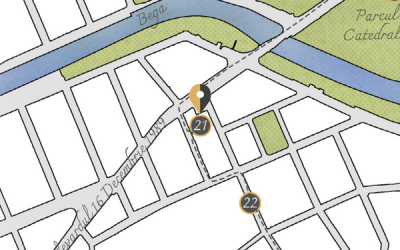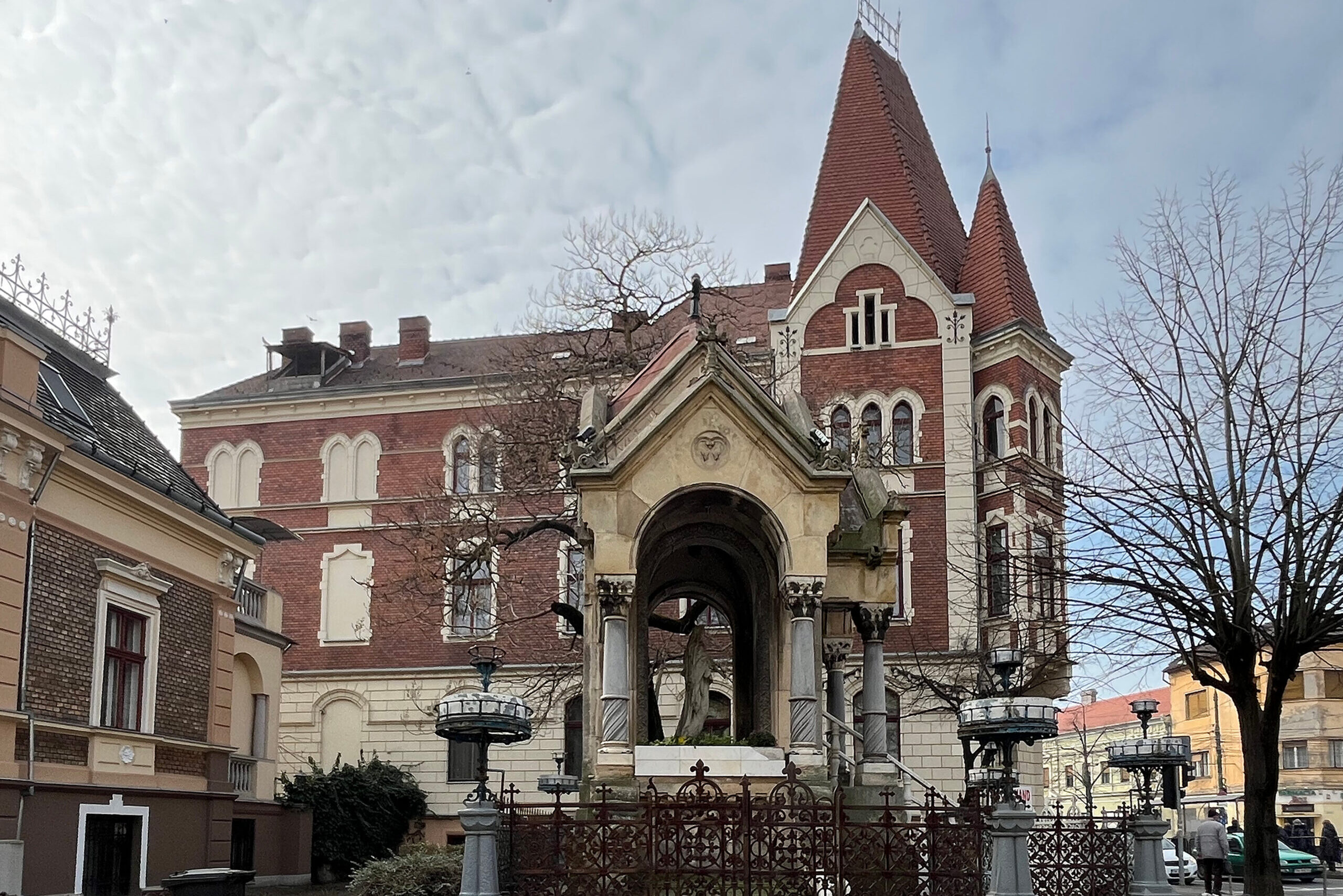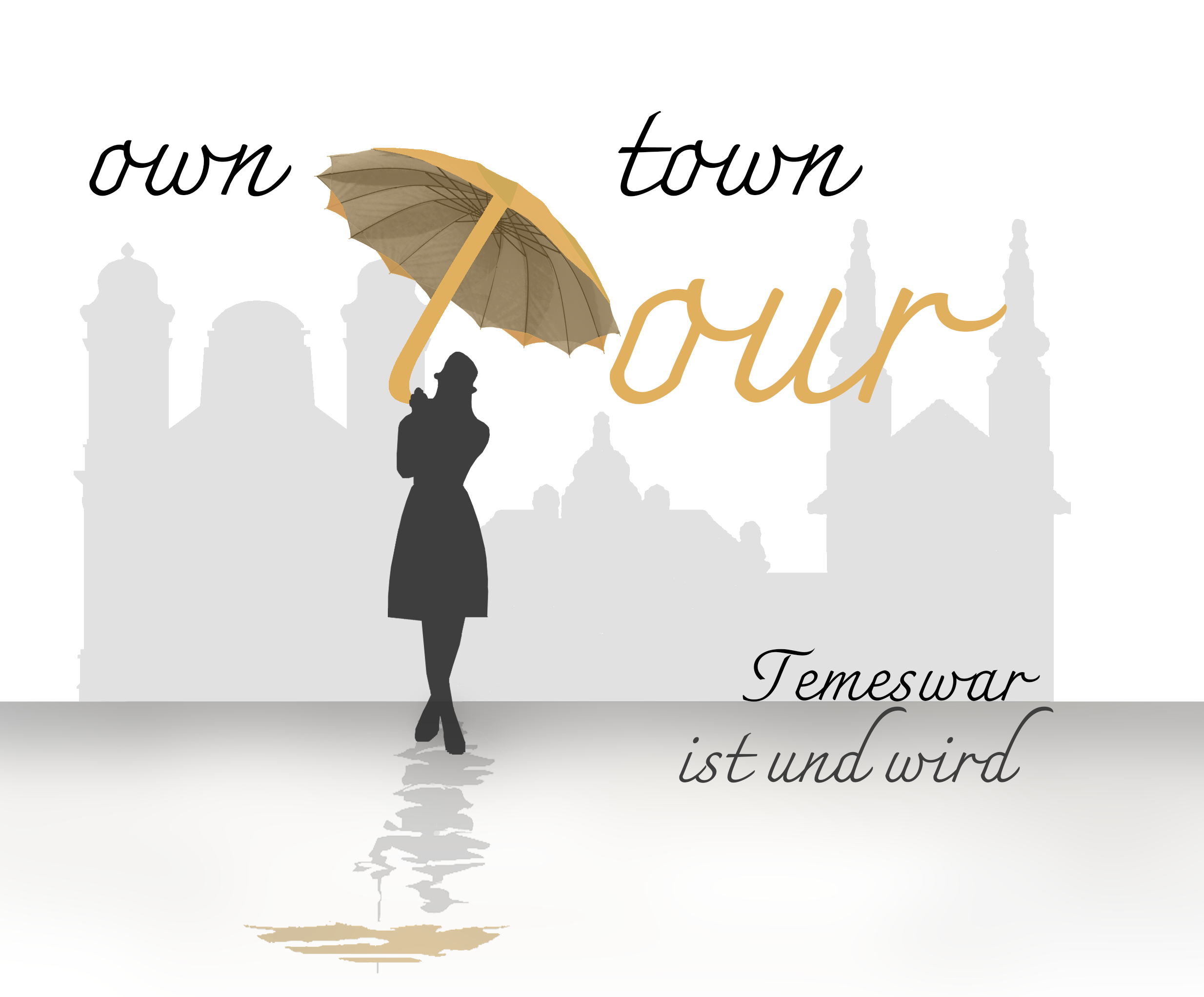Reformed Church
Str. Timotei Cipariu, 1
1901 – 1902
Public area, Sacred buildings


The Place where the Uprising Began
The saying “good things come in small packages” can be applied to Maria Square as well. Although small in size, Maria Square is one of the most famous places in Timisoara. The statue of the Virgin Mary, which gives the square its name, seems plain at first glance, but upon closer look is quite stylish.
The statue which was brought from Belgium, stands in a neoclassical carrara marble chapel built in 1906 with six creatively decorated columns supporting a vaulted roof. According to legend, it stands on the spot where the execution of the leader of the peasant uprising Georg Doja is said to have taken place. Doja is considered the leader of the peasant revolt that led an army against the clergy and nobility in the early 16th century.
Almost 500 years later, a new revolt began at the exact same location where the peasant uprising had ended, namely the popular uprising against the Communist dictatorship under Nicolae Ceausescu.
In December 1989, supporters had gathered at the back of Maria Square in front of the Reformed Hungarian Parish House, for a vigil against the forced transfer of their pastor László Tökés, who was accused of treasonous activities. The uprising quickly gained momentum, especially among the young people who risked their lives demonstrating for freedom and against the ruling tyranny.
The authorities reacted with extreme brutality. Timisoara was sealed off and occupied by the secret service and the army. Many died, but the uprising was unstoppable. It spread throughout Romania and eventually led to the end of the communist regime.
For the locals, Maria Square was and is a meeting place that has served as a benchmark for all generations. Every child knew the intersection between Josefstadt, Elisabethstadt and the Bega Bridge to the old town. Whether travelling by tram, car or on foot, the small Square named “Maria” was always a stopover.
From here, we now turn left into “Doja Street”, a paradise between two districts.
Tour sights
- 1. Theresia Bastion
- 2. Lutheran Church
- 3. Union Square
- 4. Saint George’s Cathedral
- 5. Serbian Orthodox Cathedral
- 6. Miksa (Max) Steiner Palace
- 7. Brück House
- 8. Dicasterial Palace
- 9. Klapka Library
- 10. The “Guild Tree”
- 11. St. George's Square
- 12. Prince Eugene House
- 13. Citadel Synagogue
- 14. Liberty Square
- 15. Huniade Castle
- 16. National Opera House
- 17. Victory Square
- 18. Corso
- 19. Orthodox Cathedral
- 20. Piarist Ensemble
- 21. Reformed Church
- 22. Doja Street
- 23. Journey through Time
- 24. Rose Garden

